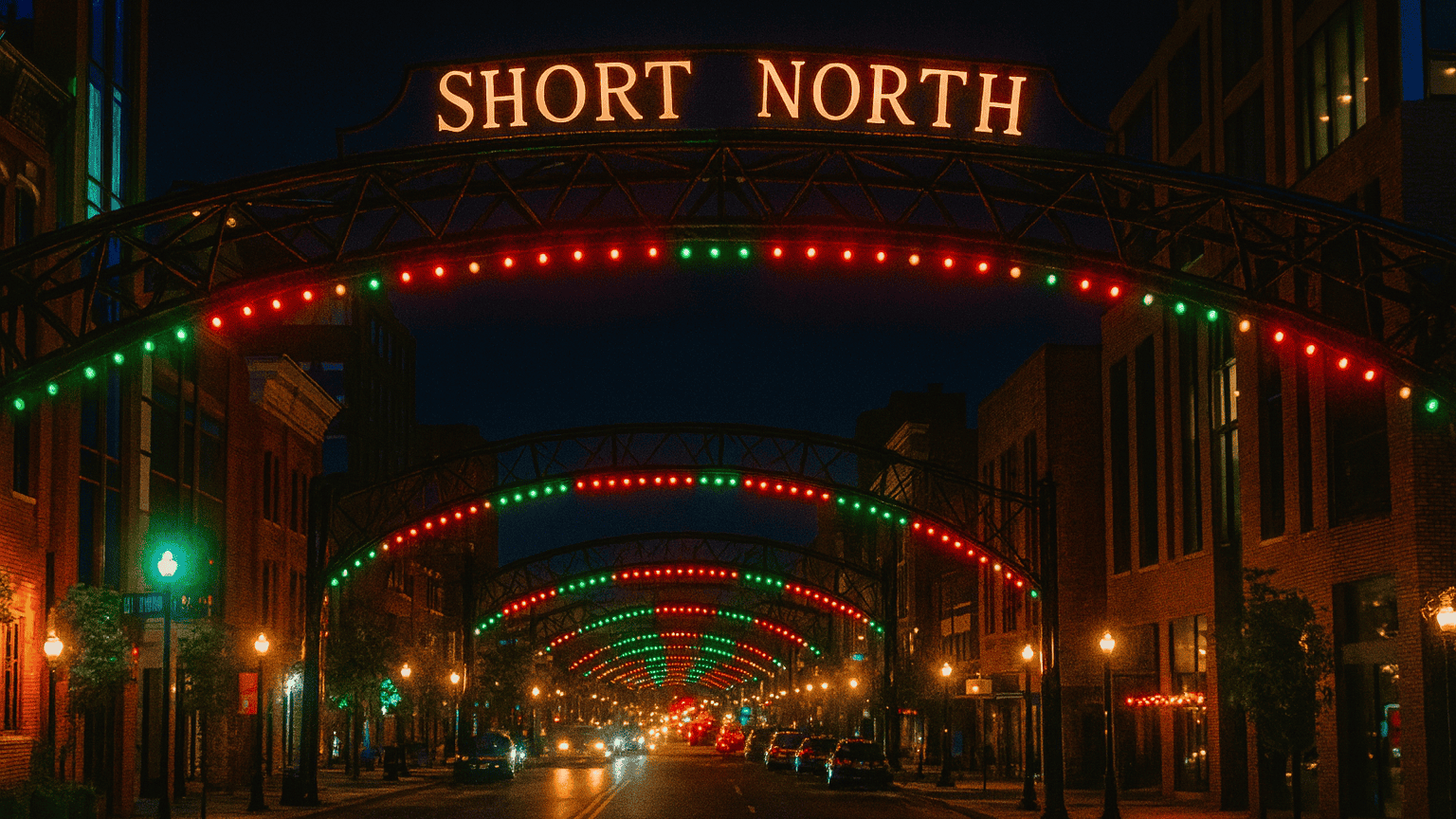
The Rise of Visitor Fees in Urban Areas
As cities across the United States strive to maintain vibrancy and enhance public services, the implementation of visitor fees has become an increasingly popular solution. In neighborhoods like the Short North in Columbus, Ohio, local leaders are proposing a new fee model that seeks to boost funding for essential neighborhood services, which can include sanitation, public safety, and the upkeep of parks and recreational areas.
Understanding the Short North Initiative
The Short North, known for its arts scene and eclectic mix of restaurants and shops, is on the brink of introducing a visiting fee as part of a broader strategy to improve local infrastructure and services. Starting this fall, patrons dining or shopping at select establishments may notice an additional fee on their receipts. This initiative is designed to generate revenue that will directly address the growing needs of the community.
What the Visitor Fee Means for Local Businesses
Local business owners are weighing the pros and cons of this new financial model. While the additional fee may deter some visitors, it aims to directly enhance the shopping and dining experience through improved services. Building a community authority to oversee these funds could ensure transparent spending while potentially increasing foot traffic as improvements roll out.
Comparative Analysis of Visitor Fees
Visitor fees are not unique to Columbus; similar models can be seen in other urban areas. For example, cities like New Orleans have successfully implemented visitor fees to fund public services that directly benefit tourists and residents alike. Analyzing these models provides insight into how such initiatives can be structured to balance revenue generation with customer satisfaction.
Impact on Neighborhood Dynamics
The introduction of a visitor fee in the Short North may alter perceptions of the neighborhood. For residents, the expectation is that improved funding means a cleaner, safer, and more engaging community. However, visitors might feel ambivalent about extra fees, highlighting the need for local leaders to effectively communicate the benefits tied to these charges.
Future Opportunities and Challenges
As the Short North rolls out this initiative, its success could pave the way for other neighborhoods in Central Ohio to consider similar funding mechanisms. However, community leaders must remain aware of potential backlash. Proactively addressing community concerns and securing buy-in from local citizens will be key to avoiding resentment that might arise from the new fee structure.
In navigating this transition, it’s crucial for stakeholders to engage in a dialogue about how the funds will be allocated and the tangible improvements the community can expect to see in the coming months. Transparency will build trust, fostering a supportive environment for future initiatives.
Actionable Insights for Residents and Visitors
If you're a resident or a frequent visitor to the Short North, staying informed about this new initiative will be vital. Engaging with local community meetings, voicing concerns, and providing feedback can help shape how the visitor fees are structured and utilized. Furthermore, understanding the benefits derived from such a fee can enhance your appreciation of the neighborhood's ongoing transformation.
The Short North is poised for change, and this initiative may serve as a template for enhancing urban experiences in other neighborhoods. By embracing collaborative efforts between visitors and residents, cities can catalyze growth that benefits all.
As local leaders embark on this journey, being a part of the conversation about the future of the Short North could not only allow you a front-row seat to its evolution but also impart a sense of ownership over the community's future.
Join the Conversation
To remain updated on this emerging initiative and its implications for your local community, consider attending town hall meetings or following local news outlets. Engaging with others in dialogue about the visitor fees and what they mean for you is an important step in shaping your area's future.
 Add Row
Add Row  Add
Add 




Write A Comment